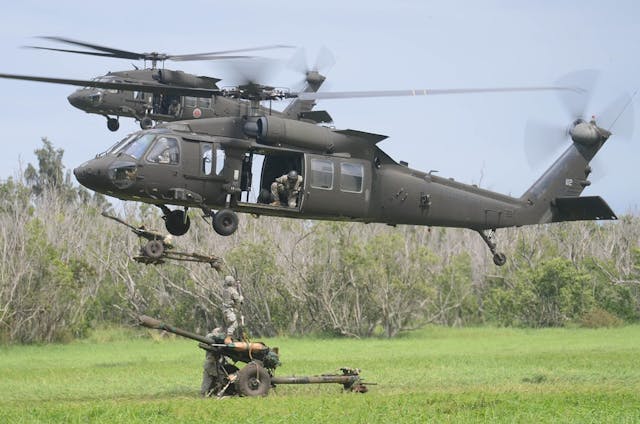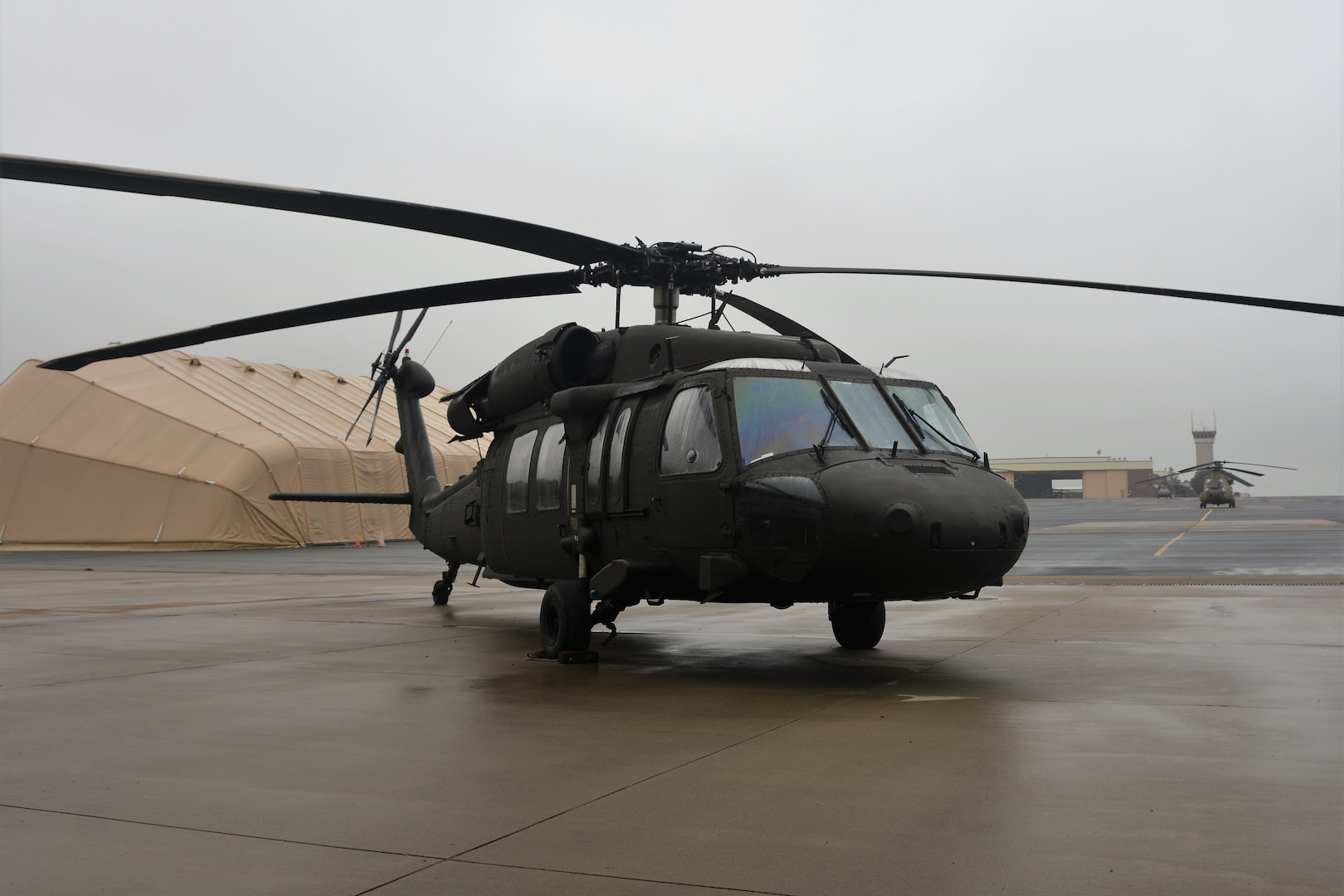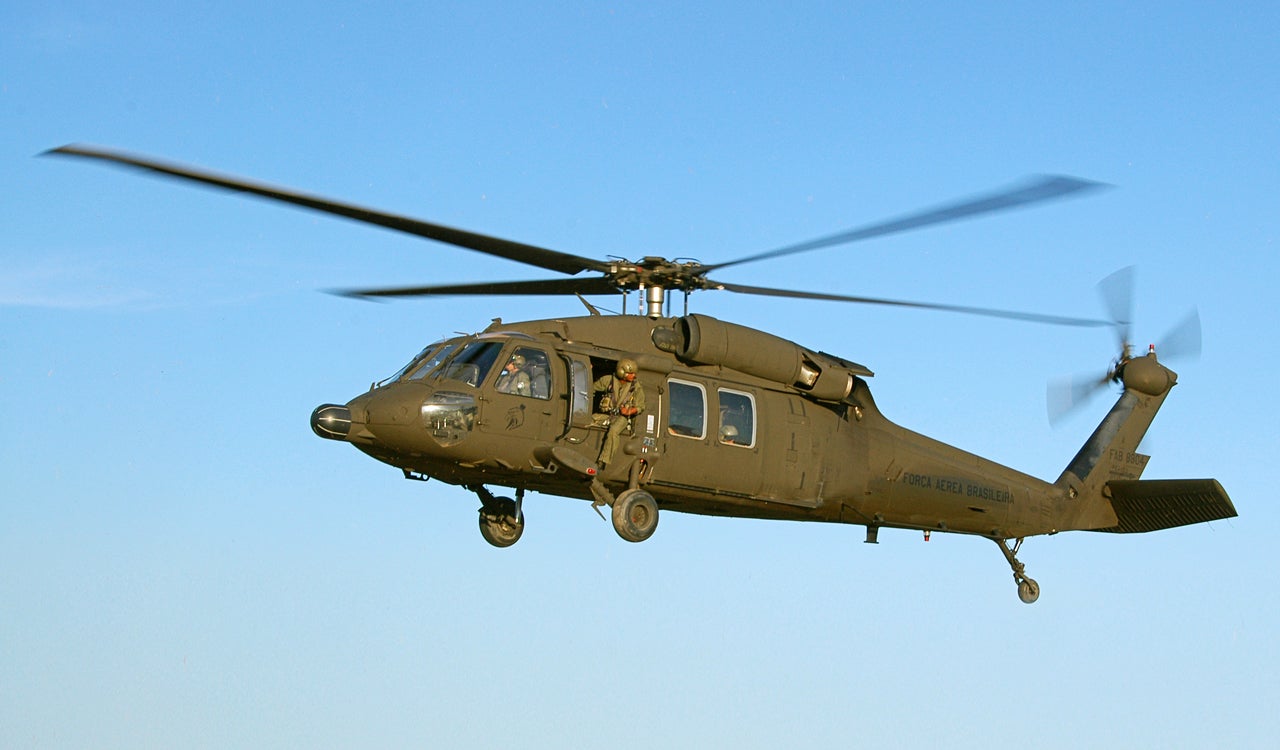The Impact of Sustainable Practices on the Future of Aircraft Operations and Emissions Decrease
As the aviation industry deals with enhancing examination over its environmental impact, the adoption of sustainable techniques becomes a vital path toward future aircraft operations and discharges reduction. Technologies in sustainable aviation gas and improvements in crossbreed propulsion technologies stand at the center of this change, encouraging substantial decreases in greenhouse gas discharges. Nonetheless, the effective assimilation of these campaigns depends upon a selection of elements, consisting of regulatory frameworks and sector partnership. The concern continues to be: how will these evolving methods improve the dynamics of flight and add to a much more lasting future?

Overview of Lasting Practices
Lasting practices in aircraft operations incorporate a variety of approaches targeted at reducing environmental effect while preserving functional effectiveness. These methods are essential in the air travel industry's dedication to reducing its carbon footprint and sticking to international environmental standards. Trick campaigns include optimizing trip paths to decrease fuel usage, boosting upkeep procedures to guarantee aircraft operate at peak efficiency, and applying innovative innovations such as winglets and light-weight products that improve the rules of aerodynamics.

Involving and training staff on sustainability techniques additionally play an important duty, cultivating a society of environmental obligation within companies. Overall, the combination of these sustainable methods not just aids decrease emissions however likewise improves the long-lasting stability of the air travel market, guaranteeing it fulfills the needs of both customers and regulative bodies while adding to global sustainability goals.
Ingenious Gas Alternatives
Countless ingenious gas alternatives are arising as critical options to reduce the aeronautics sector's reliance on typical fossil fuels. Amongst these choices, Lasting Aviation Gas (SAFs) have actually gotten considerable attention because of their possible to reduce lifecycle greenhouse gas exhausts by up to 80% compared to conventional jet gas. SAFs are acquired from numerous feedstocks, including waste oils, farming deposits, and even algae, making them a functional alternative for the sector.
Another promising option is hydrogen fuel, which, when used in fuel cells, creates only water vapor as a by-product. This zero-emission possible presents a substantial opportunity for decarbonizing flight operations, especially for short-haul trips and regional aircraft. Additionally, electrical propulsion systems are being discovered, leveraging battery modern technology to power airplane. While existing battery ability restrictions variety and haul, recurring advancements may quickly render electrical trips viable for specific applications - uh 60.
Last but not least, biofuels originated from biomass are being investigated, supplying an eco-friendly option that can be blended with conventional fuels. Collectively, these cutting-edge fuel options stand for a crucial step towards achieving a sustainable aeronautics community, lining up with international emissions reduction targets and boosting the sector's ecological stewardship.
Technological Innovations in Air Travel

Just how can technical innovations reshape the future of aviation? Technologies such as electrical and hybrid propulsion systems are at the leading edge, encouraging substantial decreases in fuel intake and greenhouse gas discharges.
In addition, the implementation of advanced materials, such as lightweight composites, adds to boosted the rules of aerodynamics and gas effectiveness. Making use of expert system and artificial intelligence in flight procedures enhances course planning and decreases fuel melt by allowing real-time modifications based upon climate and website traffic conditions. Furthermore, the growth of self-governing and from another location piloted aircraft systems stands to reinvent cargo and traveler transport, possibly increasing effectiveness while decreasing human error.
Furthermore, sustainable aeronautics technologies, including sophisticated air website traffic monitoring systems, can decrease and improve operations congestion, resulting in lower discharges throughout trip. These advancements collectively stand for a standard change in aeronautics, guaranteeing a future where sustainability and functional effectiveness are intertwined, consequently supporting the industry's commitment to lowering its ecological influence.

Regulatory Structure and Compliance
Because of the expanding emphasis on ecological stewardship within the air travel industry, the regulative structure governing airplane operations is advancing to promote lasting methods. Regulatory bodies, such as the International Civil Aeronautics Organization (ICAO) and different national aeronautics hop over to here authorities, are presenting strict guidelines targeted at decreasing emissions and improving functional efficiency.
These regulations commonly include the adoption of Lasting Air travel Fuel (SAF), which has actually been identified as a key element in achieving lower carbon impacts. In addition, conformity with these policies calls for airlines to carry out functional practices and sophisticated modern technologies, such as optimized flight paths and boosted air traffic monitoring, to lessen fuel consumption.
In addition, the enforcement of exhausts trading systems and carbon offsetting initiatives is ending up being progressively prevalent, engaging airlines to keep an he said eye on and report their discharges precisely. Non-compliance can lead to considerable charges, therefore pushing drivers to focus on sustainability in their company versions.
Ultimately, the evolving governing landscape not just drives innovation and investment in green technologies but likewise promotes a society of liability within the aeronautics industry. As these structures proceed to create, the focus on lasting techniques will certainly be indispensable to accomplishing the field's lasting ecological goals.
Future Fads in Airplane Workflow
As the aeronautics sector adapts to a significantly rigorous regulatory setting, future fads in airplane procedures are readied to concentrate on innovative solutions that even more improve sustainability and effectiveness - uh 60. Key developments will likely consist of the fostering of innovative air web traffic monitoring systems, which utilize real-time information and expert system to maximize flight courses, minimizing fuel intake and discharges
Another significant trend is the increased assimilation of sustainable aviation gas (SAFs) These alternatives to traditional jet gas, derived from sustainable resources, can dramatically lower lifecycle greenhouse gas exhausts. The industry's commitment to SAFs will likely increase as airline companies work together with gas producers to make certain availability and cost-effectiveness.
In addition, the press in the direction of electrification and hybrid propulsion systems is obtaining momentum. Emerging airplane styles will incorporate these innovations, offering quieter and much more reliable procedures, especially for short-haul flights.
Verdict
To conclude, the integration of sustainable methods in airplane procedures holds substantial potential for exhausts decrease and enhanced performance. The adoption of lasting aviation gas, combined with improvements in electrical go to this site and hybrid propulsion systems, is essential for reducing lifecycle greenhouse gas emissions. Optimizing trip paths and accepting cutting-edge innovations add to a quieter and much more eco friendly aviation industry. Jointly, these efforts align with worldwide sustainability objectives and pave the means for a greener future in aviation.
Developments in sustainable air travel gas and advancements in crossbreed propulsion technologies stand at the leading edge of this change, appealing substantial decreases in greenhouse gas discharges.Many cutting-edge fuel alternatives are emerging as crucial solutions to reduce the air travel market's dependence on typical fossil fuels - uh 60. Amongst these alternatives, Sustainable Aeronautics Gas (SAFs) have gained considerable focus due to their potential to decrease lifecycle greenhouse gas emissions by up to 80% contrasted to conventional jet fuels.One more considerable trend is the boosted combination of lasting aviation gas (SAFs) The adoption of sustainable air travel gas, paired with improvements in hybrid and electrical propulsion systems, is necessary for minimizing lifecycle greenhouse gas exhausts